Journal of Water Resource and Protection
Vol.5 No.9(2013), Article ID:37432,5 pages DOI:10.4236/jwarp.2013.59093
Co-Processing Sewage Sludge in Cement Kiln in China
1Huaxin Cement Co. Ltd., Wuhan, China
2Huaxin Environment Engineering Co. Ltd., Wuhan, China
Email: ouyanglan@huaxincem.com
Copyright © 2013 Yeqing Li et al. This is an open access article distributed under the Creative Commons Attribution License, which permits unrestricted use, distribution, and reproduction in any medium, provided the original work is properly cited.
Received May 30, 2013; revised June 27, 2013; accepted July 26, 2013
Keywords: Sewage Sludge; Deep Dewatering; Drying with Waste Heat; Co-Processing
ABSTRACT
Sewage sludge is the by-product from municipal waste water treatment plant and is highly polluted. How to treat the SS in a solid environmental friendly way is strictly concerned in China. In this article, the SS situation and also the treatment methods in China have been introduced. The advantage and some related issues of co-processing SS in cement kiln have been discussed. The technical model and projects of Huaxin cement for co-processing SS in cement kiln also have been introduced.
1. Introduction
Sewage sludge (SS) is the by-product of municipal waste water treatment plant (WWTP) and the pollutants from waste water are highly concentrated in SS, such as N, P, virus, parasitic ovum, heavy metal (HM) and organics. Serious environmental pollution will take place if the SS has been discharged without any treatment.
With the civilization of China mainland, lots of waste water treatment plants have been built up and been put in commission and operation. The data show that by 2010, in China mainland, there are 2496 WWTP with capacity for 125 million m3/day and about 35 billion m3 waste water has been treated per year [1]. On the basis that 7.64 tons of wet SS with moisture about 80% can come from 10 thousand cubic meters of waste water [2], 26.74 million tons of wet SS was produced in 2010. By 2015, it is estimated that the wet SS can be as high as 31.43 million ton/a [2]. So, it is very serious that a suitable technology/process must be found for SS treatment.
2. Present Situation of Sewage Sludge Treatment and Disposal
Based on investigation [3], now, in China mainland, 31% of SS is still for landfill, 44.8% for land using, 10.5% for other treatment. And 13.7% still is discharged without any treatment.
SS for fermentation and land using can take advantage of N, P, K elements, but safety for food chain still cannot be fully approved due to heavy metals. Landfill is a simple and economical choice. But for some reasons, such as leachage, the percentage is reducing in recent years in China mainland. Some requirements, such as moisture no more than 60% [4], make SS landfill impossible without pre-treatment. Incineration can solve the problem soundly, if the fly and bottom ash which contain PCDD/ F and HM can be properly treated. And the cost for SS incineration is also a high pressure.
Comparing to the other solutions, co-processing SS in cement kiln has been accepted and developed as a sustainable solution in Japan and EU countries with advantages such as low investment cost, environmental friendly. In Japan, the volume of SS co-processed in cement kiln has been sharply increased and make co-processing the main solution for SS disposal [5]. In China mainland, the research on such topic has been done with some outcomes.
NDRC has listed co-processing SS in cement kiln as an encouraged solution on Oct 17, 2006 [6]. And also give some finance support to cement plant which coprocessed SS.
3. Advantages of Co-Processing SS in Cement Kiln
In recent 10 years, the new suspension preheater and precalciner kiln system has been the main technology for cement industry, the followings are the main advantages for co-processing SS in cement kiln:
1) The material temperature in cement kiln can be higher than 1450˚C and the residence time in the kiln itself can be more than 30 min. The gas temperature can be even higher than 1750˚C, the residence time of gas in high temperature zone which no less than 1300˚C is more than 10 seconds. The strength turbulence in the kiln system with high temperature, long residence time can make the organics in SS be abstractly discomposed.
2) The organics in SS can contribute some calorific value during the cement kiln, that makes SS can be treated as alternative fuels for cement kin. All the fly and bottom ash from the SS combustion can be cooperated in the cement clinker with high clinker sintering temperature. All the ash from the kiln system can be collected by the bag filter and back to the raw meal silo then back to kiln system again as the normal raw meal. So, no fly and bottom ash need to be specially treated respectively.
3) The alkaline atmosphere of the cement kiln system and the high turbulence makes the acidic gas, such as SO2, HCl, be neutralized and reduce the emission. This system also makes most of the HM gas emission far below the limitation, but mercury and thallium are the exceptive case (Figure 1).
4) All the HM in SS can be cooperated into clinker crystal structure by the high sintering temperature (Figure 2).
5) The characteristics of cement kiln system, such as combustion atmosphere, temperature gradient and high turbulence between solid and gas, can effectively decompose PCDD/F and also strictly restrain the reformulation of PCDD/F [7].
6) Ammonia nitrogen in SS can react with NOx formed from clinker sintering and obviously reduce the NOx emission.
7) Generally, the using of alternative fuel can substitute the traditional fossil fuels with the results for natural source saving and green gas reduces (Figure 3).
8) Some investment, such as dosing and feeding system, still need to be done for co-processing SS in cement kiln, even the SS deep dewatering system before coprocessing. Comparing with the cost for building up a new SS incinerator, all these investment is still economic saving for investment and operation cost. With the huge clinker production capacity of cement kiln system, the potential co-processing capacity of SS in cement kiln is quite high.
4. Some Key Issues of SS Co-Processing by Cement Kiln
4.1. SS Dewatering
Due to evaporate water in SS need extra heat, it will decrease the gas temperature and increase the gas volume. So, feeding high moisture SS to cement kiln is technically feasible with the precondition for low feeding rate
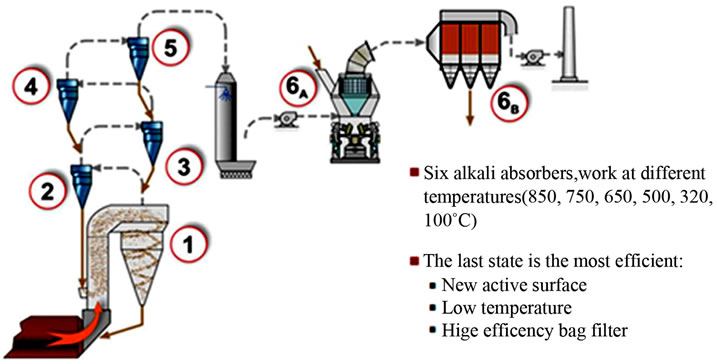
Figure 1. Example of a figure caption (figure caption).
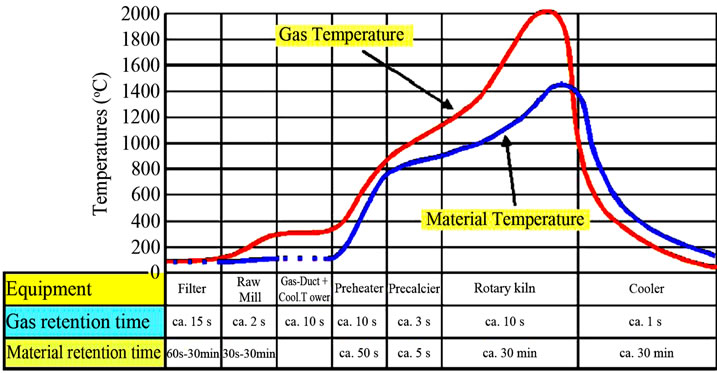
Figure 2. High-temperature calcination of rotary kiln.
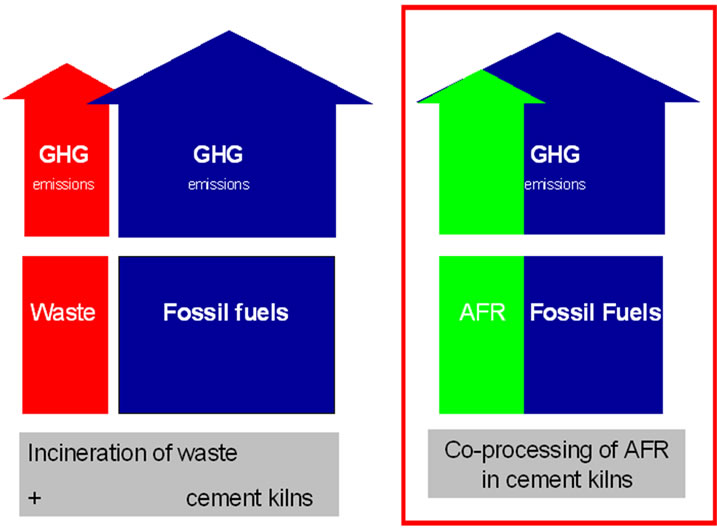
Figure 3. Greenhouse gas emission reduction.
if the clinker quantity and power consumption is strictly controlled. For operation point of view, the lower moisture of SS, the lower impact to kiln operation. On the other hand, the more moisture reduction, the more difficulty for dewatering and the cost also are higher.
In China mainland, the belt filter press and the centrifugal filter are the main facilities for SS dewatering and the moisture is between 80% - 85%. For cement kiln co-processing, the transport cost is quite high because the distance between WWTP and cement plant and also the main object transported to cement plant is water which is useless for cement manufacturing. Based on above, a extra dewatering procedure for SS in WWTP is needed and the transport cost can be obviously reduced if the SS moisture can decrease little.
From Figure 4, it is obvious that if the moisture decrease from 85% to 50%, the volume of SS can reduce about 70%.
By now, the technology to achieve the target for reduce the water content of SS is using diaphragm filter press to decrease the moisture to about 50% - 60%. To consider the following disposal way, controlling and reducing the S, Cl elements in the additives is the key point.
For co-processing huge volume SS by cement kiln, and minimize the impact to cement kiln operation, drying the dewatered SS has been put on the table for further researching. With the exhaust gas from waste heat recovering system, drying the dewatered SS by such kind of gas with 120˚C is feasible and the water content can be as low as 10%.
4.2. Feeding Point Selection
For high organics content, odor will be a serious problem if SS is feed to the kiln together with the raw meal at raw meal feeding point where the temperature is about 350˚C. Since the temperature is high enough for organics evaporating and not high enough for discomposing, the organic parts will escape from the kiln system and result in TVOC exceeding the limitation for gas emission. So, SS can only be feed to kiln system from main burner, kiln inlet and pre-calciner for environmental point of view (Figure 5).
Based on the concern above, there are some requirements for different feeding points. For example, by the main burner, the SS should be dry enough as the moisture as low as 10%, high calorific value, same size level as the coal to avoid the negative impact on clinker sintering. To achieve all these conditions, pre-processing is indispensable for drying and grinding.
5. Technology and Operations for Huaxin
From 2009, with the existing cement kiln system, Huaxin cement has developed three different technologies for coprocessing SS in cement kiln in Yichang, Huangshi and Wuhan.
1) Directly ejecting wet SS into cement kiln inlet by pump is simple and easy to be build up in a short time with low investment and low operation cost for small city, but can solve the issue in an environmental friendly way.
2) Dewatering the wet SS to about 55% by diaphragm filter press is little bit complicated compared to the above model, but can meet the need from big city with high SS volume and long distance between WWTP and cement plant.
3) Drying dewatered SS by exhaust gas from cement kiln waste heat recovering system can contribute some
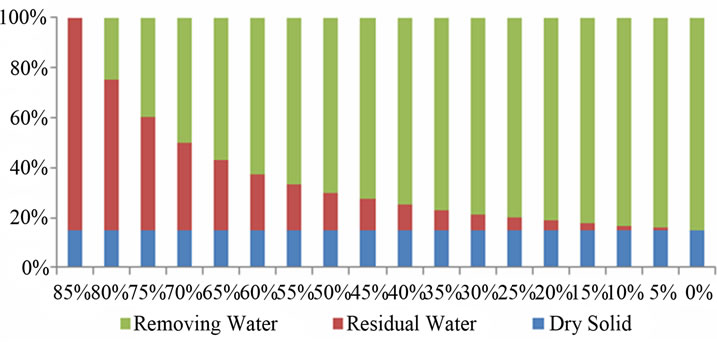
Figure 4. The dry solid, redisual water and removing water in SS with different moisture.
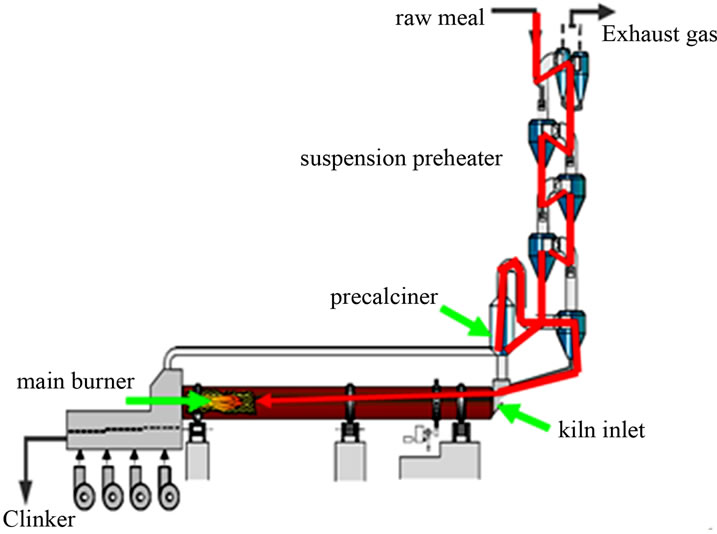
Figure 5. Different feeding points of SS.
fuel substitution by dried SS and make natural fossil fuel saving achievable.
5.1. Directly Ejecting Wet SS into Cement Kiln
In 2008, Huaxin build up a system for ejecting wet SS to cement kiln with clinker capacity about 2500 t/d. The disposal capacity can reach 100 ton SS per day with this system. By the end of 2012, 55,000 ton wet SS has been disposed without any negative impact on clinker quality and gas emission.
The process flow is as follows: wet sludge from WWTP is transported to a reservoir in Huaxin Yichang cement plant, and then fed directly to the inlet of the kiln through high pressure pumps. Sludge is transported in closed trucks to avoid secondary pollution.
5.2. Dewatering Wet SS in WWTP and Co-Processing in Cement Plant
From 2011 to 2012, Huaxin has build up two wet SS dewatering plant close WWTP in Wuhan and Huangshi city with capacity about wet SS (20% DS) 100 ton/d and 300 ton/d respectively. With the dewatering system, the moisture can be reduced from 80% to ~55%. The flow sheet is shown in Figure 6.
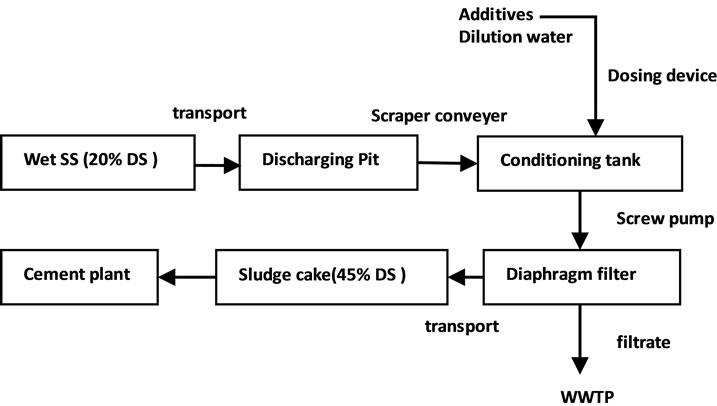
Figure 6. Flow sheet of deep dewatering.
5.3. Drying Dewatered SS with Waste Heat
To fully use the organic parts in SS and take advantage of the calorific value of SS, and achieve the fuel substitution, Huaxin build up a system using the exhaust gas (~120˚C) from waste heat recovering system to dry the dewatered SS to less than 30% moisture and then coprocessed into cement kin.
The process flow is as follows: crushing the sludge cake(water content < 50%); conveying them to a independently developed preheat device using the low temperature waste heat from cement plant; drying the sludge to water content below 30%; conveying them to the calciner via measuring pocket and screw pump; burning them in sludge burner.
6. Operation Effect
From project practices, controlling clinker calcining process, whether it is wet sludge, dewatering sludge or dried sludge, co-processing sludge has no negative effect on flue gas emissions and clinker quality.
6.1. Gas Emission
The main pollutant in cement kiln flue gas is dust, NOx and SO2. The environmental monitoring data in Yichang sludge disposing line (Figures 7-9) show that: the average emmission of dust is less then 35 mg/m3, better than national standards (50 mg/m3); the average emmision of SO2 is less than 32 mg/m3, better than national standards (200 mg/m3);the average emmision of NOx is less than 700 mg/m3, better than national standards (800 mg/m3) [8].
6.2. Clinker Quality
The contrast of clinker 28 d strength and litre weight in Yichang sludge disposal line is as shown in Figures 10 and 11. Among them, 1# kiln is a normal production line, 2# kiln is a sludge disposing line. From the figures, we can see that co-processing sludge has no negative effect on clincker quality.
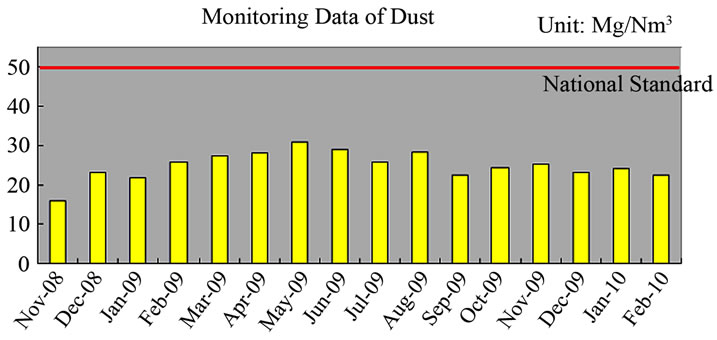
Figure 7. Monitoring data of Dust.
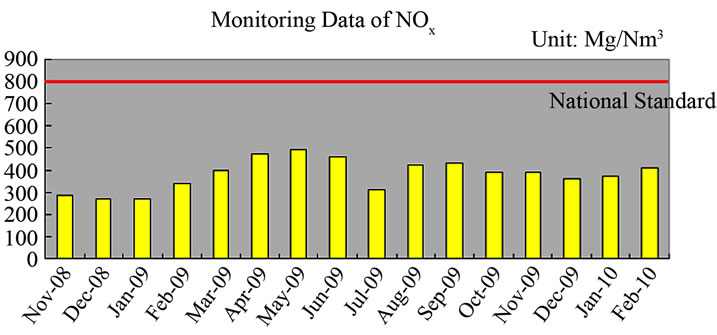
Figure 8. Monitoring data of NOx.
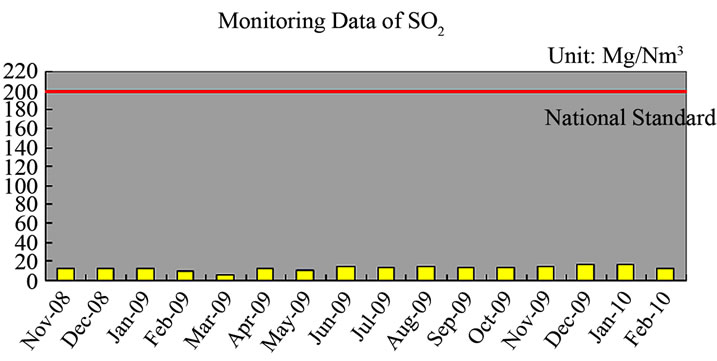
Figure 9. Monitoring data of SO2.
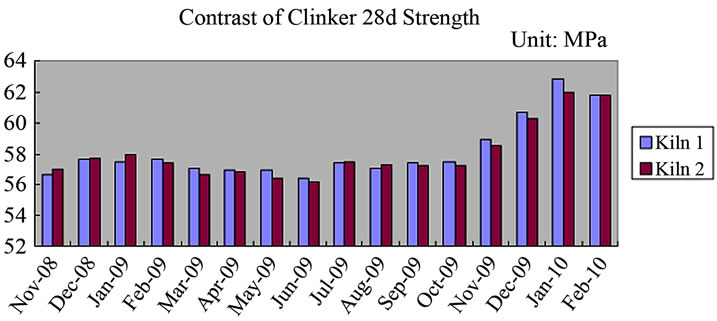
Figure 10. Contrast of clinker strength.
7. Conclusions
1) The new suspension preheater and precalciner kiln system can be used for both SS disposal or co-processing for environment and natural fossil fuel saving.
2) By now, reducing the moisture of wet SS is the key bottle neck for SS disposal or co-processing. Using the diaphragm filter press can decrease the moisture to ~55% and drying with waste gas can reach ~30% for further coal saving.
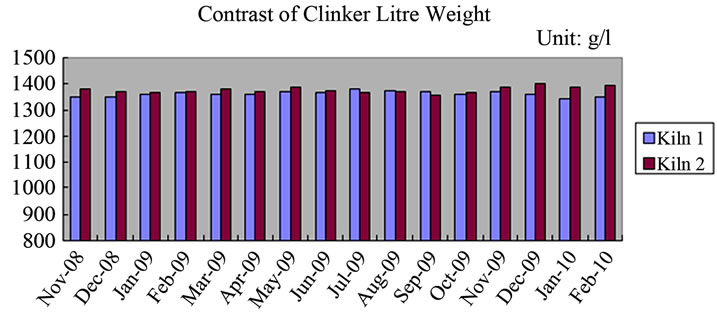
Figure 11. Contrast of clinker litre weight.
3) For small city, since the volume of wet SS is not too much, directly ejecting wet SS to cement kiln is simple and cost saving for investment, SS transportation and operation on the bases of environmental friendly solution.
4) For middle and big city, considering the negative impact on cement kiln operation and also wet SS transportation cost, dewatering process is needed in WWTP. For such kind of case, no extra coal consumption need sfor cement kiln.
5) To achieve the coal substitution for cement kiln by using SS, the moisture needs to be reduced further more from 55% to ~30%. Luckily, the exhaust gas from cement kiln waste heat recovering system can afford the heat needed for drying the dewatered SS. The facilities and system have beed researched and built up by Huaxin.
REFERENCES
- “China’s Urban Drainage and Sewage Treatment Bulletin, 2006-2010”.
- S. Hang, J. Shi and C. Guan, “Study on the Technical Route of China’s Urban Sewage Sludge Treatment and Disposal Planning,” Proceedings of the Advanced Worshop of the Technology and Application of China’s Urban Sludge Treatment and Disposal, 2011.
- S. Jun, J. Chen, G. Zheng, K. Wang and H. Wang, “Misunderstanding and Control Measures of Sludge Treatment and Disposal,” Water Industry Market, Vol. 2, 2006.
- “The Disposal of Sludge from Municipal Wastewater Treatment Plant—Sludge Quality for Co-Landfilling,” CJ/T 249-2007.
- Japan Sewage Works Association, “The Status of the Sludge Treatment”. http://www.jswa.jp/05arekore/date-room/05/riyou/data.htm
- “Cement Industry Development Policy,” Development and Reform Commission Order No. 50.
- Y. Li, H. Wang, J. Zhang, J. Wang and L. Ouyang, “Research on Dioxins Suppression Mechanisms during MSW Co-Processing in Cement Kilns,” Selected Proceeddings of the Seventh International Conference on Waste Management and Technology, Vol. 16, 2012, pp. 633-640.
- “Emission Standard of Air Pollutants for Cement Industry”, GB 4915-2004.

